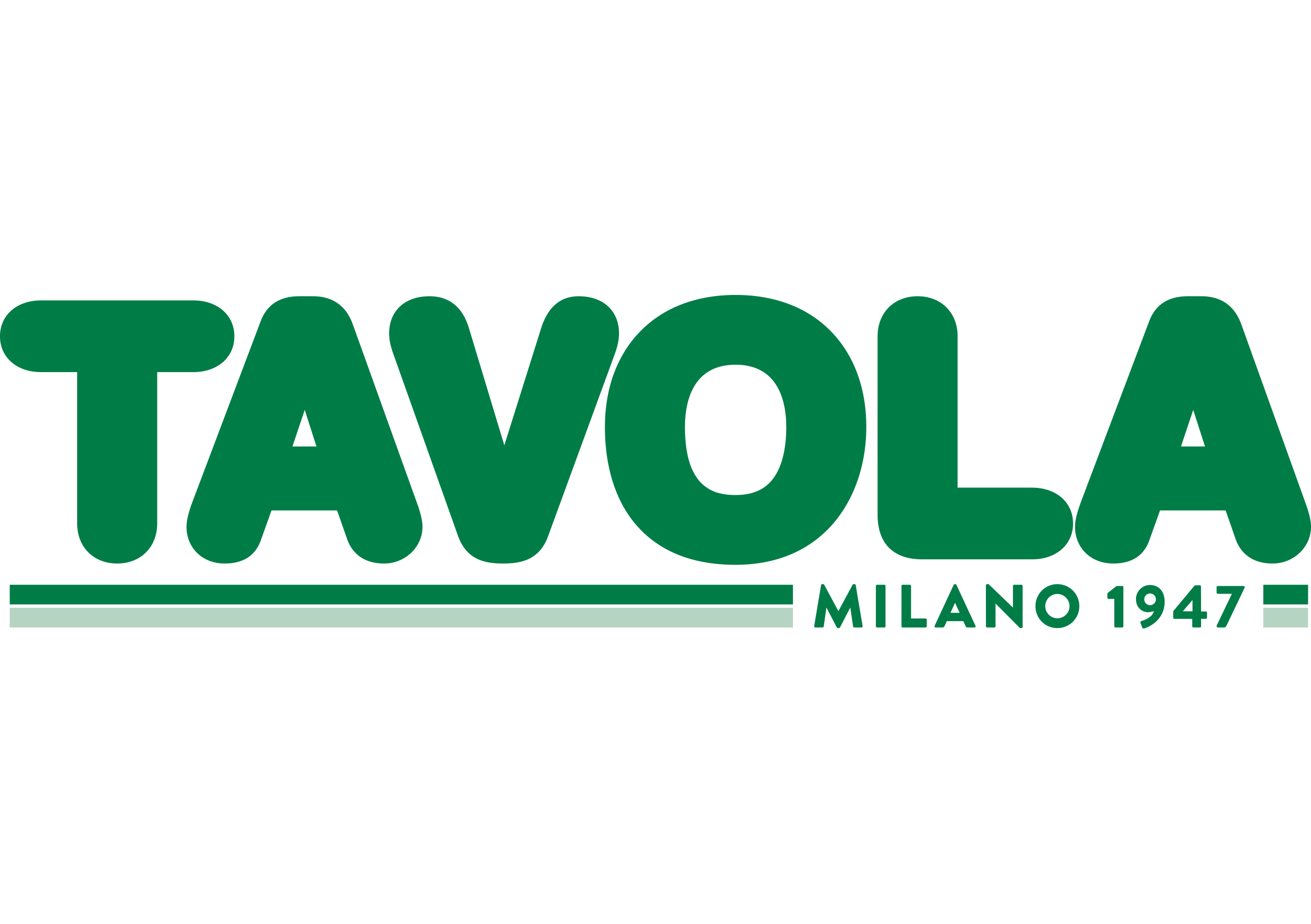Online business development for business growth – The case oF Tavola SpA
The COVID-19 pandemic brought to new habits for online consumers. According to recent research made by Forrester, consumers bought, during the pandemic, from 3 to 5 times per month on marketplaces. In front of this scenario, organisations had to think about opening towards these platforms and, therefore, towards a digitalisation of all business processes.
Among the main sectors which’ve registered a remarkable growth between 2020 and 2021, we have FMCG (Fast-moving Consumer Goods), so large consumption goods. Its online sales are expected to double in the next five years on both developing markets, as well as the developed ones. FMCG will, in facts, increase its investments in digital channels by 7% a year until 2023.
Among the realities on our territory, which belong to this sector, Tavola SpA is surely an example. It is a business which realised how important online business development was, as a crucial factor for business growth.
BrandOn Group interviewed Lorenzo Liverani, Tavola team member as well as E-commerce Development Manager, who’s in charge of e-commerce channels, especially on marketplaces.
Nowadays, marketplaces represent a big opportunity for companies to expand their audience and to attract potential buyers, very different from each other. This brings to even greater buying occasions.
Tavola operates in the Italian large distribution, large-scale retailers, as well as specific channels. Thanks to car products, this company can relate to the automotive sector, which includes oil companies, wholesalers, auto parts stores and car accessories.
Tavola has 30 brands, with 3 categories:
- Personal Care with such brands as Podovis, Care for you, Cerox, Orphea, My Mask, Rigident, Spinbrush, Confidelle and First Response.
- Home care with such brands as Orphea Salvalana, Orphea Protezione Casa, Mister Magic and Dr Beckmann.
- Division Car care with such brands as Arbre Magique, Fresh Passion, My Car and Bullock.
Today Marketplaces make sure there’s a direct contact with the final consumer, given the fact that there’s no more HVR shelf filter. Given the context, which challenges were the most difficult to face in order to approach to a channel, different from a physical store?
So, the first one was about studying the brand positioning, as well as the kind of approach we had to adopt for this type of market. We went from a product marketing to a definition of digital assets that aimed support brands and products.
Customers in a store can see products first-hand. Here, thanks to online channels, we managed to have images with a background, which were designed to transmit a natural concept to our potential buyers.
Furthermore, after one year we’re in contact with Amazon, we developed an omnichannel positioning strategy to coordinate all trade policies and promoting activities for both retail and ecommerce marketplace.
According to some research by ResearchGate, 87% of detail research starts from a search engine which brings customers to other marketplaces. The customer can therefore have an immediate confrontation, so that he can decide then where to buy an item.
Regarding your personal experience, where you were used to have to cope with the final consumer, did you have to change your dialogue strategy?
One of the main aspects concerned the brand positioning. Specifically, for those with a low revenue, such as Orphea, it was necessary to create specific bundles and packs, so that they could minimize transport expenses and give all sellers the chance of entering the market. It was also important to rethink about the buying funnel, with new product presentations, trough a SEO and a price strategy.
Marketplaces are born as platforms which aim to a conversion marketing, but they’ve now become full funnel examples. Which were the winning strategies to build up a successful ADV and marketing mix?
Thanks to our marketing section, we’re trying to develop a strategy which can put together advertising and promoting activities in Amazon, with communication strategies on social networks, such as Facebook and Instagram, so that more people can see our products.
Which advice would you give to companies who work in the FMCG sector wanting to approach to these new sale channels?
The most important advice is to start a selling activity on digital channels, which is not easy!
Another suggestion would be to develop products which are tailor made for the ecommerce to meet the needs of the marketplace. With these products you can start building a sales strategy.
In conclusion, I think a good enterprise should have multisector competencies, so not only on Digital Marketing or Digital Management. It must also have wider vision of the markets retail problems and of the country’s challenges because they can be useful for an online positioning, which is surely different.

